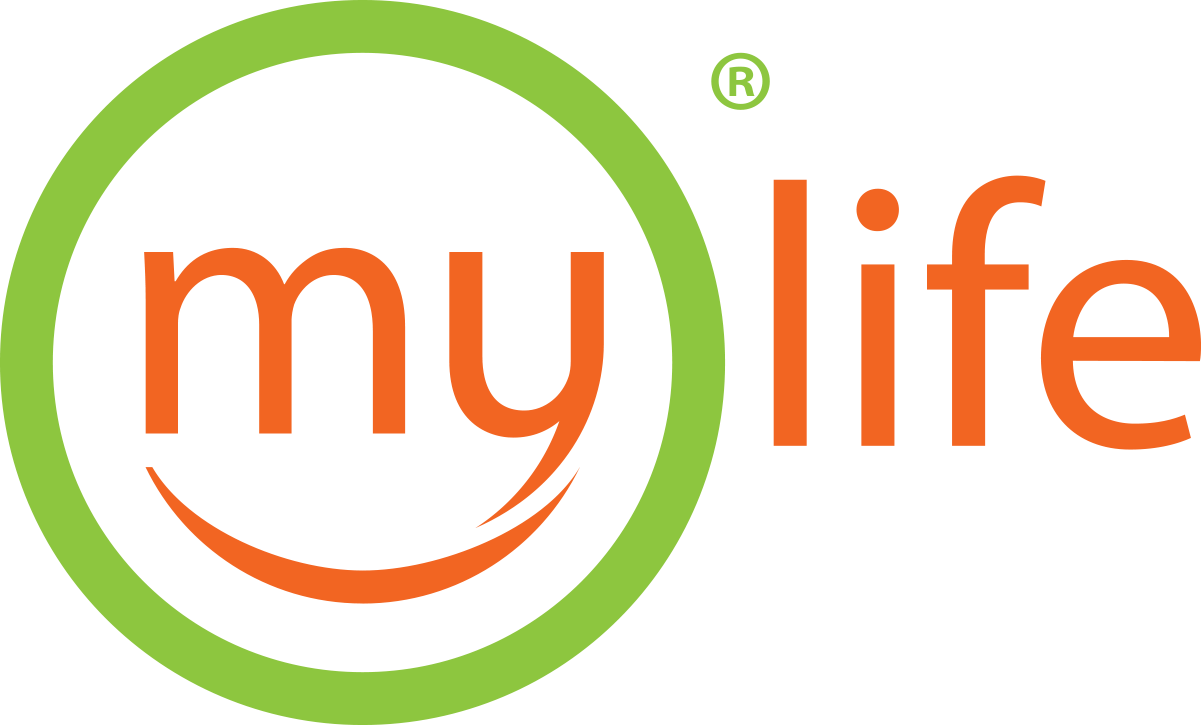In December last year we compiled a list of the top 7 Hidden Nasties you can find in your packaged food products. We’re revisiting this and diving into what these nasties do to our bodies. We’re now more health conscious than ever, but choosing to eat healthily and sustainably shouldn’t be a headache!
Hidden nasties are classified as food additives or preservatives. These additives and preservatives can incite symptoms such as headaches and bloating but can also lead to more serious issues including allergies.
When purchasing your favourite plant-based goodies, look out for the below in the ingredients panel and read on for more information about each hidden nasty:
1. Carrageenan - E407
Carrageenan is a food additive derived from red seaweed which acts as a stabilising, thickening and emulsifying agent. It may cause bloating, inflammation, glucose intolerance, other food allergies and digestive problems. It has also been linked to colon cancer, and can lead to a greater likelihood of IBS, arthritis, tendonitis and gallbladder inflammation. You’ll find it in nut milks, meat products and yoghurt.
2. Sorbic Acid - E200
Sorbic acid is a naturally occurring compound that is the most commonly used preservative in the world. It is used for inhibiting the growth of mould and used heavily in the shipping of food to stop it spoiling food and harbouring disease. Sounds useful, but it is actually a pretty scary additive. Studies have found sorbic acid can be linked to having the potential to disrupt our DNA. Common side effects from Sorbic acid include allergy symptoms – skin and eye irritation and even dermatitis. It can be found in ice-cream, baked goods, yoghurt, dips, soft drinks, dried fruit and cheese.
3. Potassium Sorbate - E202
Potassium sorbate is a chemical additive used in foods, drinks and personal care products as a preservative. It is synthetically derived from sorbic acid and potassium hydroxide. It is also used as an antimicrobial in personal care items such as makeup, shampoo and contact lens solution. Similar to sorbic acid, potassium sorbate is linked to the potential to disrupt our DNA. It also can contribute to allergy skin symptoms and dermatitis. It can be found in processed meat, dairy products, baked goods, beverages, condiments and snack foods.
4. Soy Lecithin - E222
Soy lecithin comes from many sources including soy. It is used as an emulsifier and lubricant but also has uses as an antioxidant and flavour protector. It is found in dietary supplements, but also in ice cream and dairy, baked goods, baby formula and snack foods. Soy Lecithin can bring on symptoms such as gastrointestinal issues, weight gain, loss of appetite, skin allergies, nausea and low blood pressure. It has even been linked to causing damage to the reproductive system.
5. Xanthan Gum - E415
Another stabiliser and thickener, Xanthan Gum is derived from sugar. The body is unable to digest it, and it does not provide any nutrients. It can be found in products including salad dressing, baked goods, soups, ice-cream, juice and sauces, and it commonly used in gluten-free and diet products. Common symptoms include gastrointestinal issues such as increased gas and bloating as well as increased bowel movement frequency. People with severe wheat, corn, soy and/or dairy allergies should avoid Xanathan Gum as the sugar it is derived from can come from many sources. It should also never be used on infants as their gut is still developing.
6. Titanium Dioxide - E171
Titanium Dioxide enhances the whiteness, brightness and opacity of food and other products including lollies, gum, pastries, chocolates and cake decorations, but also sunscreen and toothpaste (in different amounts). It can also decrease the ethylene production in fruit, delaying the ripening process and prolonging shelf life. It has antibacterial activity but also photocatalytic activity which reduces UV exposure – this explains why it is used in sunscreen and makeup! While only minuscule amounts of Titanium Dioxide are allowed in food production, the additive has been linked to being a possible carcinogen. Even in small amounts, this is one to avoid.
7. Trisodium Citrate - E331
Trisodium citrate (also sometimes called sodium citrate) is an additive used for flavouring or as a preservative. It is used in soft drinks, jelly crystals, ice cream, yoghurt, jam, sweets, processed cheese and even wine. It can be used as a stabiliser too for products that melt. It is also used in many medications however this is of course in different amounts to those used in food. It has been linked to a rise in phosphate levels which can be linked to issues including heart disease, decreased bone density, premature ageing and kidney issues.
There you have it, your in depth look at our top 7 hidden nasties. Our hope is that our customers make informed lifestyle choices and we are proud to be part of the solution. At MyLife, we believe food should taste great AND be good for you. The food you put into your body should be nutritious, delicious and free from all the hidden nasties that surround us.
We are proud to make our range of plant-based and vegan products, free from GMOs, dairy, gluten, soya and palm oil.
Enjoy quality. Enjoy MyLife.
References:
https://www.healthline.com/carrageenan
https://www.medicinenet.com/what_is_wrong_with_carrageenan
https://www.womenshealth.com.au/food-additives-to-avoid
https://foodadditives.net/preservatives/sorbic-acid/
https://www.healthline.com/potassium-sorbate
https://sunwarrior.com/blogs/health-hub/soy-lecithin
https://www.efsa.europa.eu/en/titanium-dixoide
https://www.healthline.com/titanium-dioxide

